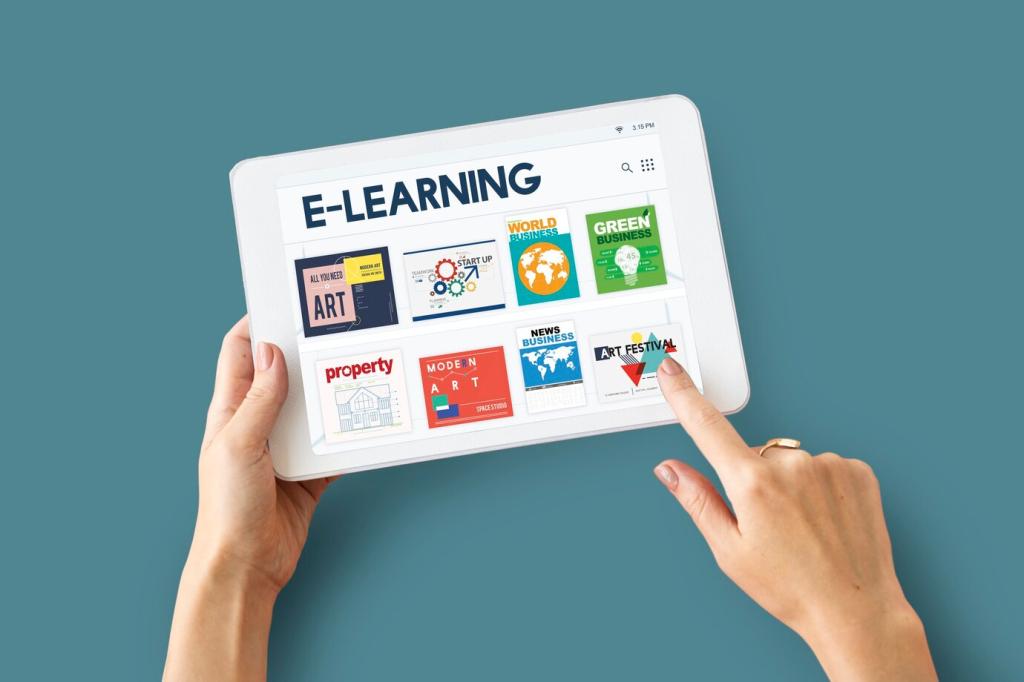Narrative-Driven Courses: Turn Lessons into Quests
Give learners a clear mission, stakes, and a meaningful antagonist—like misinformation or time pressure. Break objectives into chapters with cliffhangers. Progress feels like plot, not chores. What mission would hook your audience from the start?
Narrative-Driven Courses: Turn Lessons into Quests
Let learners adopt roles—Analyst, Strategist, Field Researcher—each with unique challenges. Branch choices to reveal consequences and encourage replay. Invite reflection: why did you choose that path? Share a role idea you would pilot first.








